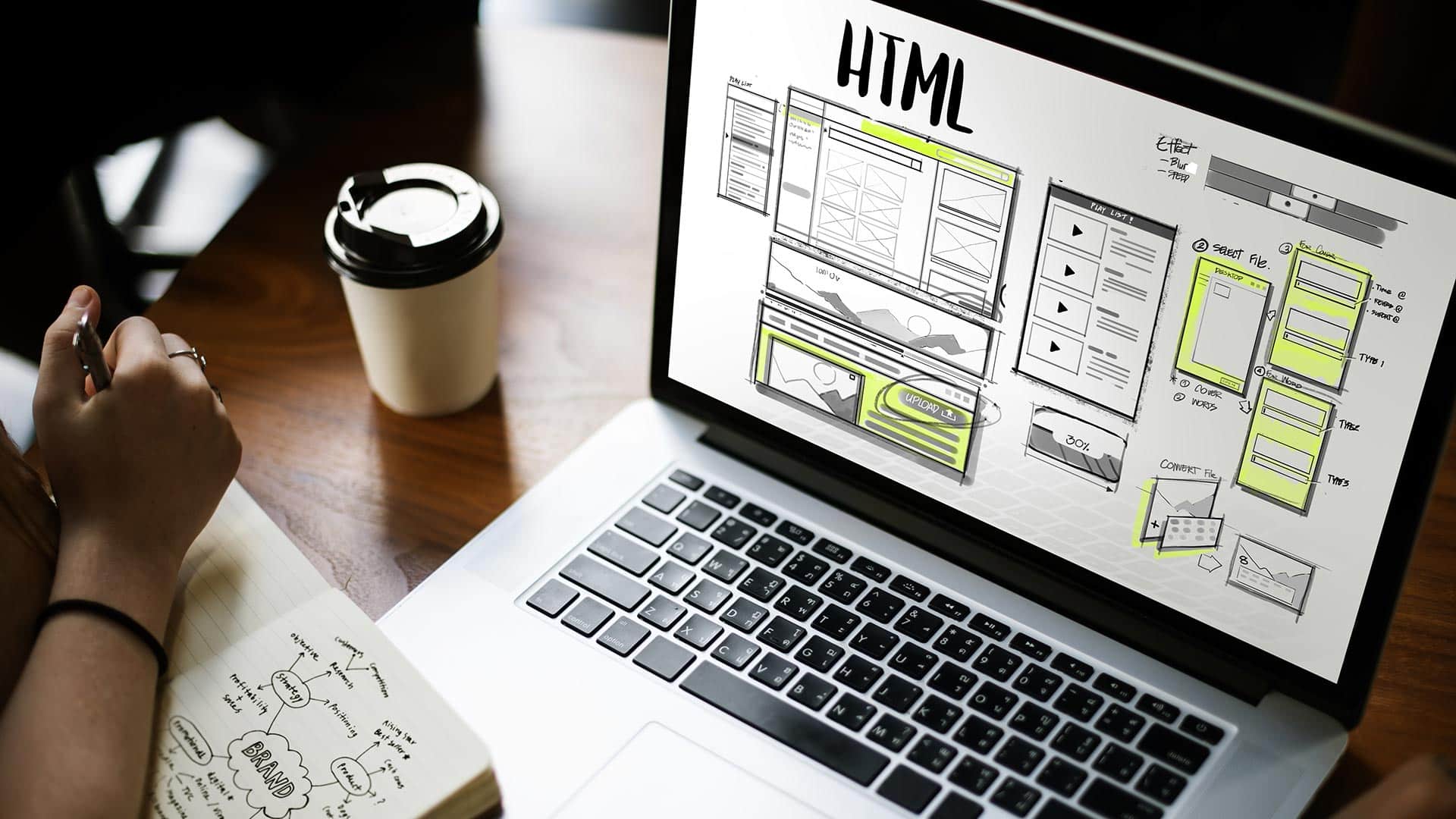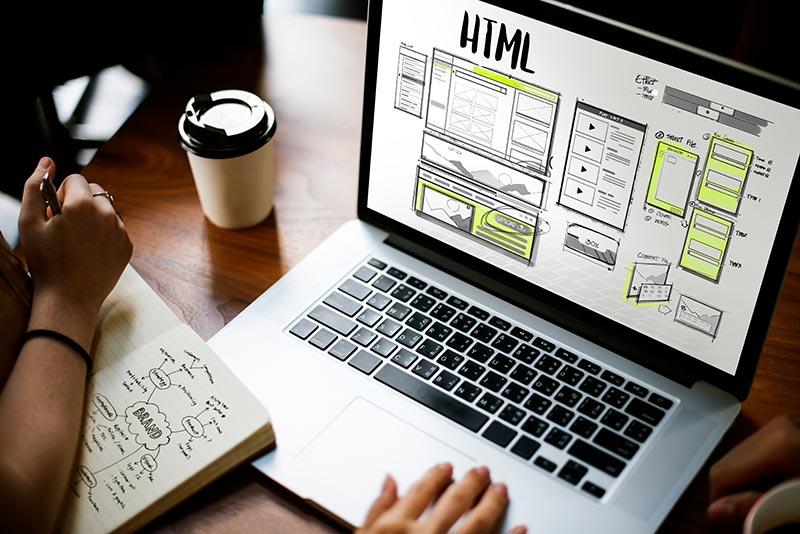Web design is a field of continual expansion, with demand for designers increasing year after year as more and more digital products are required. Let us take a moment today to explore the world of web design. From what exactly it is, and its relationship with UX, to crucial elements like typography.
What is Web Design?
Web design refers mostly to creating the visual aspect of online websites and mobile apps. Way back in time when the World Wide Web was taking its first steps, web design was all about creating websites. Since then, web design has evolved into creating digital products for all sorts of devices and has become very closely connected to other key areas of digital product design. There’s a line that continues to get blurrier and blurrier between web design and UX design, UI design, and web development. It’s important to understand that the world today requires the combination of these areas of expertise.
Groundwork and Visuals
Web design takes a sharp eye, not just for things like symmetry and visual beauty but also to see the potential at play. Not everyone can look at a list of requirements or a bunch of boxes and see a beautiful and functioning product. Using these skills, web designers create things that are both visually enjoyable and functional.
Content structuring is a crucial skill in web design, but it’s not the only one. When we have a layout design that works well, web designers will build on it and slowly add layers of detail. Usually, this is done in cooperation or close proximity to UX and UI designers depending on the size of the design department. This is when that sharp eye and the ability to see potential come into play.
Web design can include all sorts of visuals. Yes, web designers create impressive and intricate illustrations that tend to capture a feeling, the brand identity, or the prime benefit of a certain item at sale. There’s a certain talent here for taking conceptual ideas and translating them into something concrete, something that makes users feel things or that leads them down a certain thinking trail. This same statement can be made about other areas of web design. Things like creating custom icons for a product, choosing or creating a font, designing a logo, or simply putting together a wonderful homepage… web designers make the internet that you and I love. Every little detail was work and talent that someone invested into the product, to the benefit of the final user.
The Relationship Between Web Design and UX Design
As we mentioned before, there’s a very close relationship between web design and UX. They work together to deliver the digital products that we’ve all grown used to. On the one hand, UX designers work to create an experience that reaches a certain goal. UXers deal with big questions, like defining the primary and secondary features or validating that the business requirements are reflected in the product. These big questions will mark the line between a sustainable product that can thrive and a product that simply falls short in the things that matter. After all, if an eCommerce website doesn’t sell it doesn’t matter that the website is pretty. It has failed.
Web design also works towards these questions but focuses on other areas. While web designers aren’t likely to be in charge of what feature is considered the primary one, they will be responsible for creating a design that supports that feature. Their work will allow the UX design to result in that ideal experience that the UX designer planned out so carefully.
Creating the navigation that connects the product or structuring the most important content so that the user’s eye is directed at what matters – it all falls to web designers. In a way, web design is one of the main pillars that upholds and reinforces all the hard work of UX designers.


